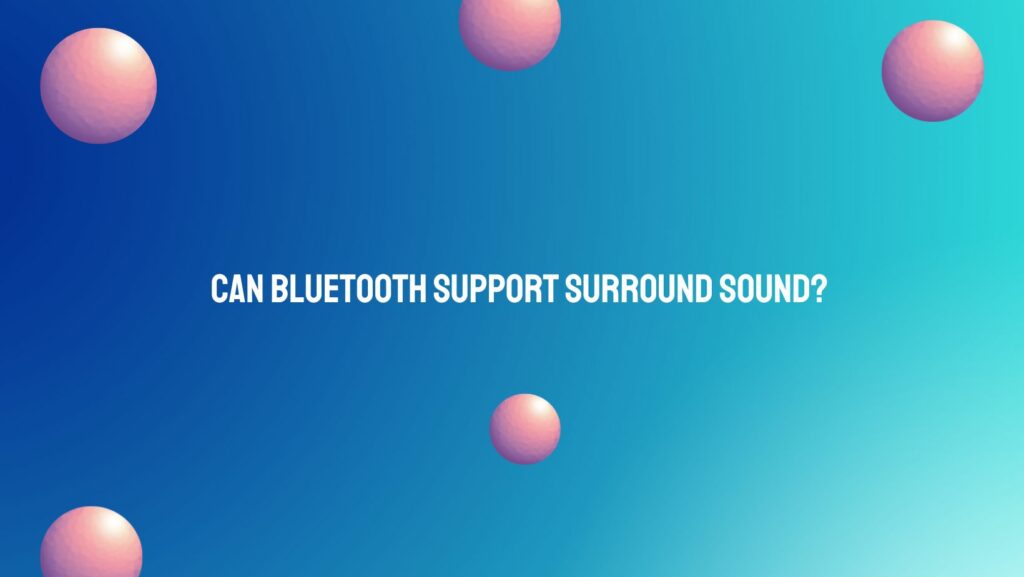As the demand for seamless audio experiences continues to rise, Bluetooth technology has emerged as a beacon of convenience, allowing users to enjoy music and entertainment wirelessly. Yet, the question remains: Can Bluetooth truly support the complexity and richness of surround sound? In this exploration of the wireless audio landscape, we unravel the capabilities, challenges, and advancements that shape the integration of Bluetooth with surround sound systems.
Understanding Bluetooth Technology: Bluetooth, a ubiquitous wireless communication standard, has revolutionized the way we connect audio devices. Originally designed for simple tasks like wireless calling and music playback, Bluetooth has evolved to support more sophisticated audio applications, including the transmission of surround sound.
Key Considerations for Bluetooth and Surround Sound:
- Bluetooth Versions:
- The evolution of Bluetooth technology is marked by different versions, each introducing improvements in data transfer rates and audio capabilities. Advanced versions like Bluetooth 4.0 (and above) provide better support for high-quality audio transmission, making them more suitable for surround sound.
- Bluetooth Codecs:
- Codecs are algorithms that compress and decompress audio data for transmission. Standard Bluetooth codecs, such as SBC (Subband Coding), may suffice for stereo audio but can pose challenges in delivering the complexity of surround sound. Advanced codecs like aptX, AAC, and LDAC offer higher data rates and improved audio quality.
- Number of Channels:
- Surround sound typically involves multiple audio channels for an immersive experience. Bluetooth must support the transmission of these channels while maintaining synchronization for a cohesive audio output.
- Data Bandwidth:
- The bandwidth of Bluetooth connections influences the quality of audio transmission. High-quality surround sound requires significant data bandwidth to preserve the details and nuances of each audio channel.
- Latency and Synchronization:
- Bluetooth audio transmission can introduce latency, causing delays between audio channels. In a surround sound setup, maintaining synchronization among multiple channels becomes crucial for an optimal audio experience.
Advancements and Solutions: Recent advancements and dedicated efforts from Bluetooth technology developers have addressed some of the challenges associated with supporting surround sound:
- Advanced Codecs:
- Advanced Bluetooth codecs, such as aptX HD, AAC, and LDAC, offer improved data rates, reducing compression artifacts and enhancing the overall audio quality. These codecs are better equipped to handle the demands of surround sound.
- Bluetooth Mesh Technology:
- Bluetooth mesh technology enables the connection of multiple devices in a network, allowing for synchronized audio playback. This innovation is particularly beneficial in creating a cohesive surround sound experience across multiple Bluetooth-enabled speakers.
- Low Latency Modes:
- Some Bluetooth devices, especially those designed for gaming or home theater applications, feature low-latency modes to minimize delays in audio transmission. This ensures that the audio remains synchronized with on-screen visuals in surround sound setups.
Conclusion: The integration of Bluetooth with surround sound systems is a testament to the ongoing advancements in wireless audio technology. While challenges exist, the latest Bluetooth versions and advanced codecs are paving the way for a more immersive and wire-free audio experience. As technology continues to evolve, the synergy between Bluetooth and surround sound promises a future where users can enjoy the convenience of wireless connectivity without compromising on the richness and complexity of surround sound environments.


